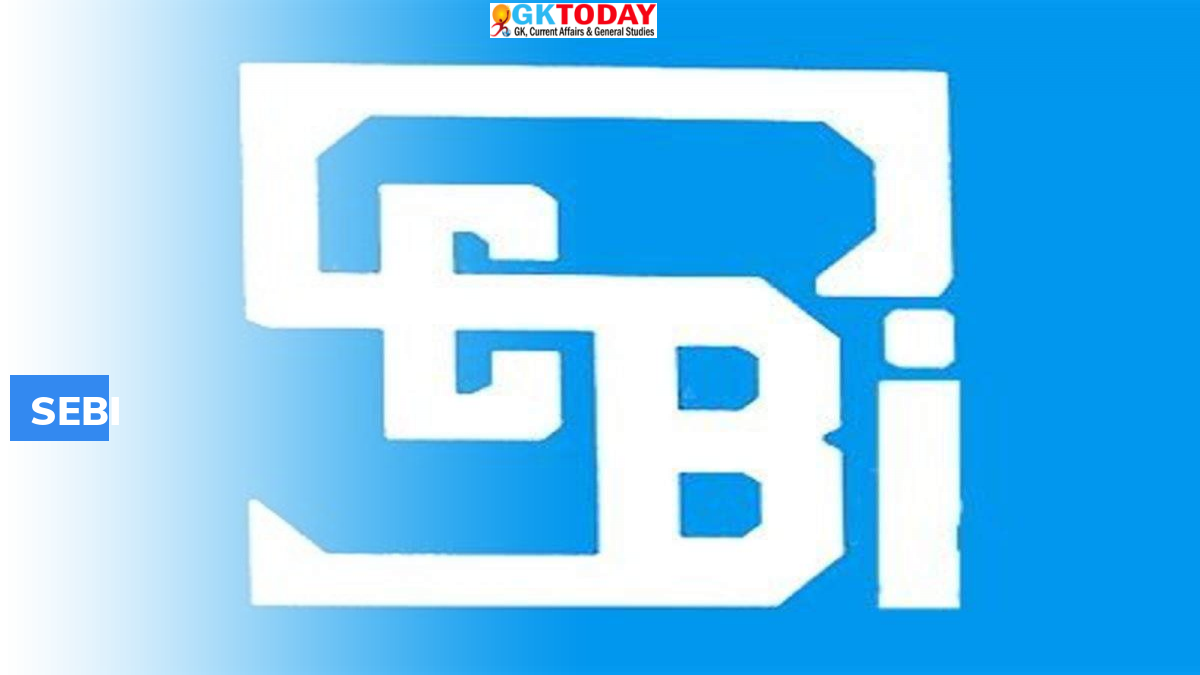SEBI introduces ‘Expected loss-based’ rating scale
Security Exchange Board of India (SEBI) has introduced a new framework for “expected loss-based rating scale”.
Highlights
- Under the new framework, credit rating agencies are required to provide expected loss-based ratings for projects and instruments which are associated with infrastructure sector.
- SEBI introduced expected loss-based rating, divided into a scale of seven levels, from lowest to highest expected loss.
- This new scale will be used by credit rating agencies to rate projects or instruments associated with infrastructure sector to start with.
- All provisions in latest circular, except those related to standardisation of rating scales, will be applicable for Credit Rating Agencies (CRAs) with ‘immediate effect’.
- Circular was issued by exercising powers under Section 11 (1) of Securities and Exchange Board of India Act, 1992.
Seven level of losses
- Seven expected level of losses on new scale prescribed by SEBI include-
- Lowest expected loss
- Very low expected loss
- Low expected loss
- Moderate expected loss
- High expected loss
- Very high expected loss and
- Highest expected loss.
- Instruments rated ‘EL 1’ (Expected Loss) will be considered to have lowest expected loss while those rated ‘EL 7’ indicate highest expected loss.
Standardisation of rating scales
To standardise usage of rating scales, rating agencies have been asked to align their rating scales with rating scales prescribed by financial sector regulator or authority. In case guidelines are absence, rating scales prescribed by SEBI will be followed. CRAs are required to comply with guidelines by March 31, 2022.
Credit Rating Agency
Company that assigns credit ratings and rate a debtor’s ability to pay back debt is known as “credit rating agency”. Agency can rate creditworthiness of issuers of debt obligations, debt instruments and of servicers of underlying debt. But creditworthiness of individual consumers is not rated.
Month: Current Affairs - July, 2021


